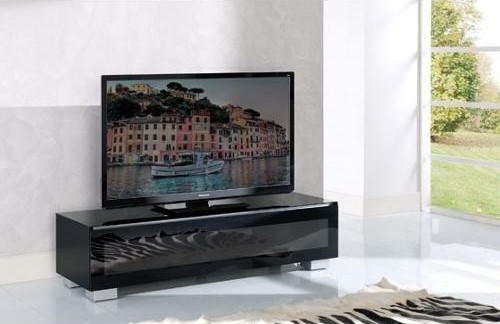Italy: Smart TVs overtake traditional TV sets
November 15, 2023
From Branislav Pekic in Rome

Smart TVs have overtaken traditional TV sets in Italy, according to a report by research institute Censis and audience rating company Auditel.
There is currently a total of 21 million smart TVs in Italian homes (+4.4 per cent year-on-year), compared to 20.5 million traditional TV sets.
However, if traditional TVs with devices that connect them to the web are also taken into account, the number of smart TVs rises to 22.8 million (52.7 per cent of the total).
The proportion of TV households that can be connected to the internet is 64 per cent, up from 34.9 per cent in 2017.
The number of connected screens in Italian homes is also increasing, reaching 97.3 million screens (+4.4 per cent), with each home having an average of four connected devices.
Despite the popularity of smart TVs, there are still a number of challenges that need to be addressed. These include the lack of access to broadband internet in some parts of Italy and the high cost of smart TVs.
An estimated 26.3 million Italians, or 45.8 per cent of the total population, watched TV content on streaming platforms and websites in 2023, up from 16 million and 27 per cent in 2017. Over the seven-year period, streaming viewership has increased by 66.2 per cent, with the pandemic year of 2020 playing a pivotal role in this surge.
The number of TV sets measuring 50 inches or more increased threefold in just seven years and now totals over 6 million, making up 14.1 per cent of the total. There are also over 8 million 4K TVs in homes, accounting for 19 per cent of the total, up from 11.2 per cent just three years ago.
According to the report, 700,000 households (2.8 per cent of the total) with 1.4 million Italians who do not have any TVs at all.
Over 17 million people in Italy still don’t have access to broadband internet, while 2.5 million people don’t have access to the internet at all.
Additionally, Italian families have 50.6 million smartphones, while 5.5 million (22.4 per cent) connect from home exclusively with their mobile phones.
